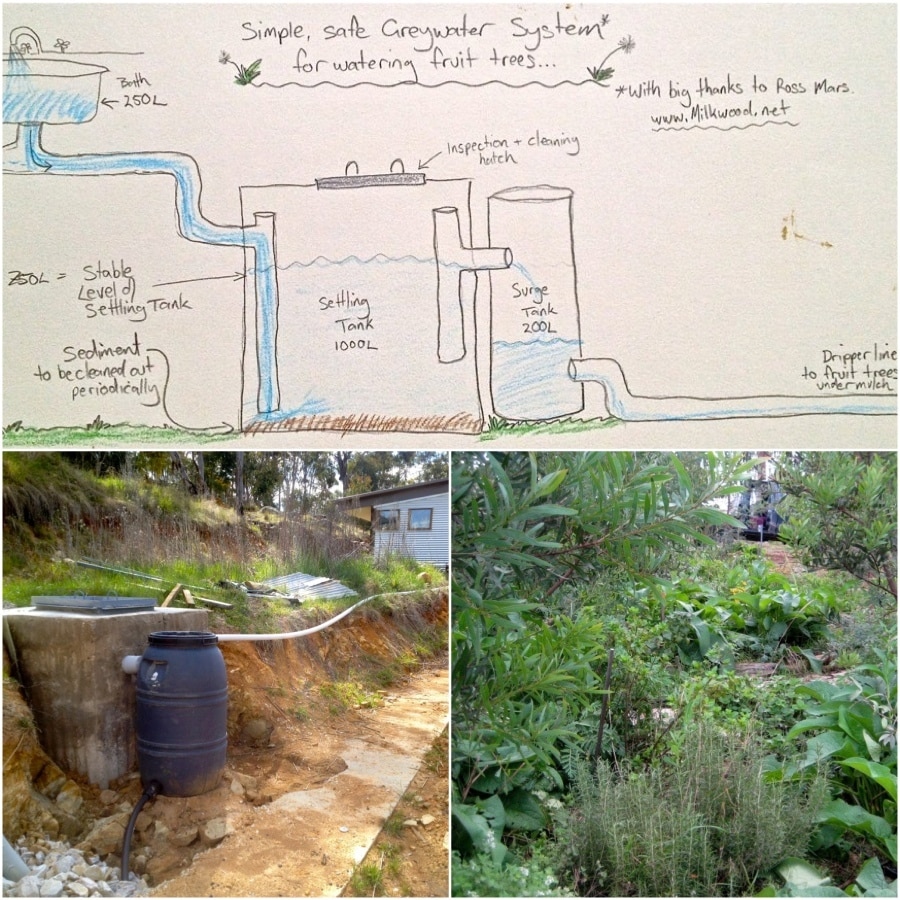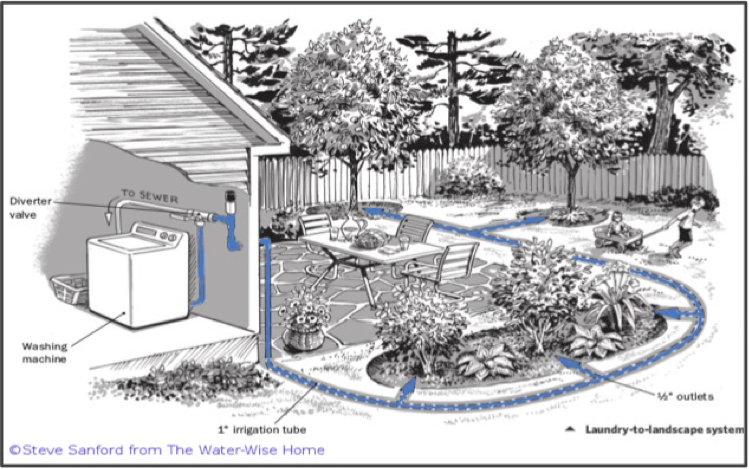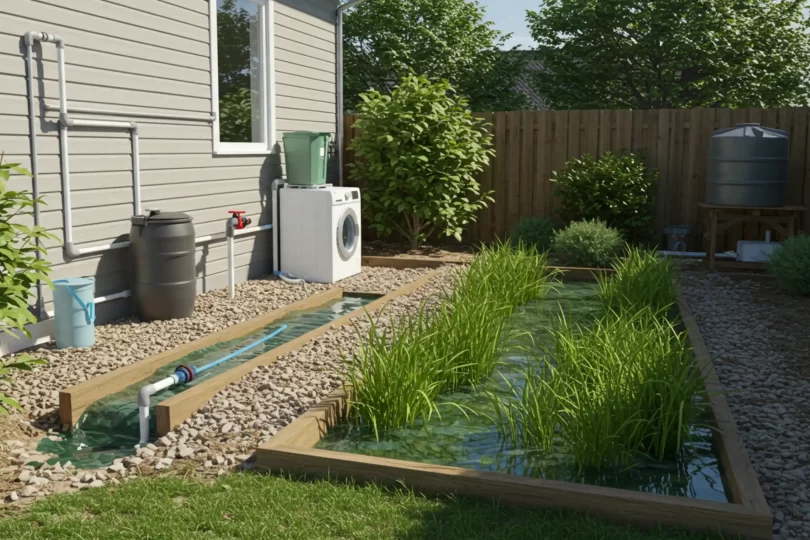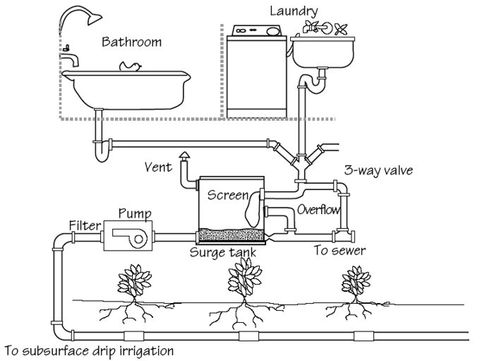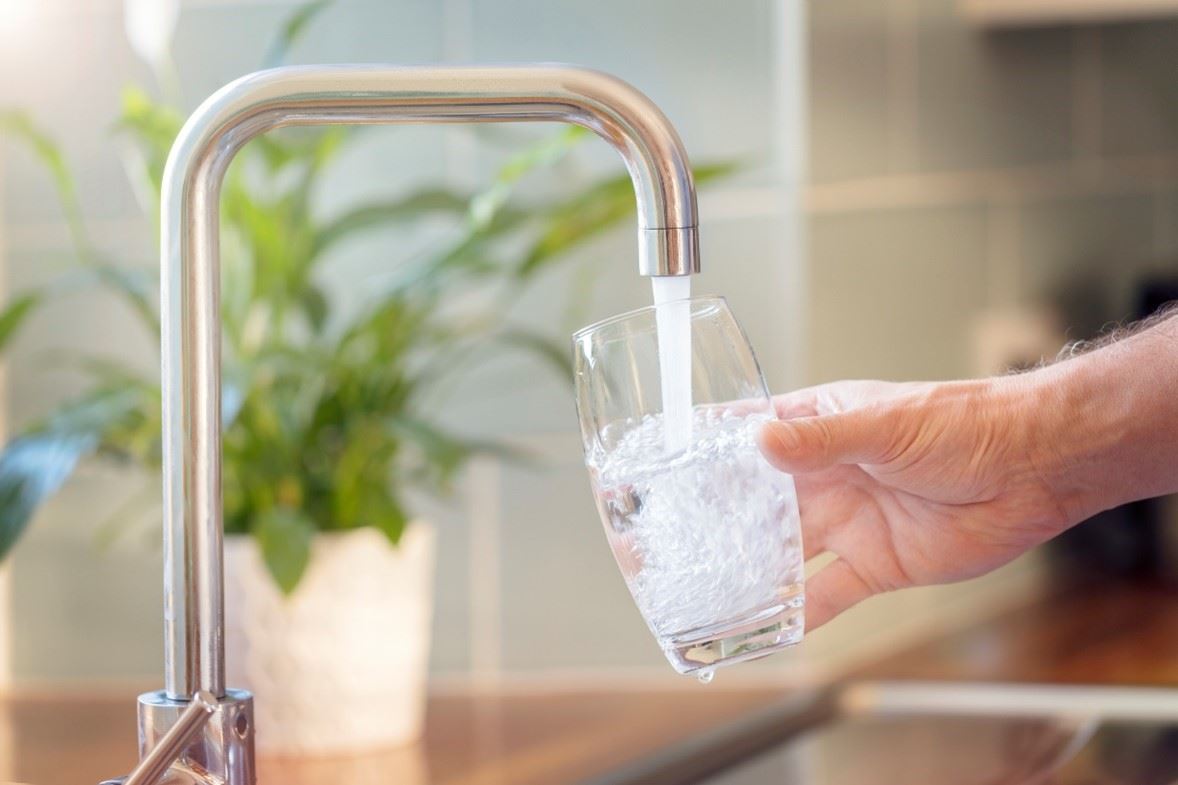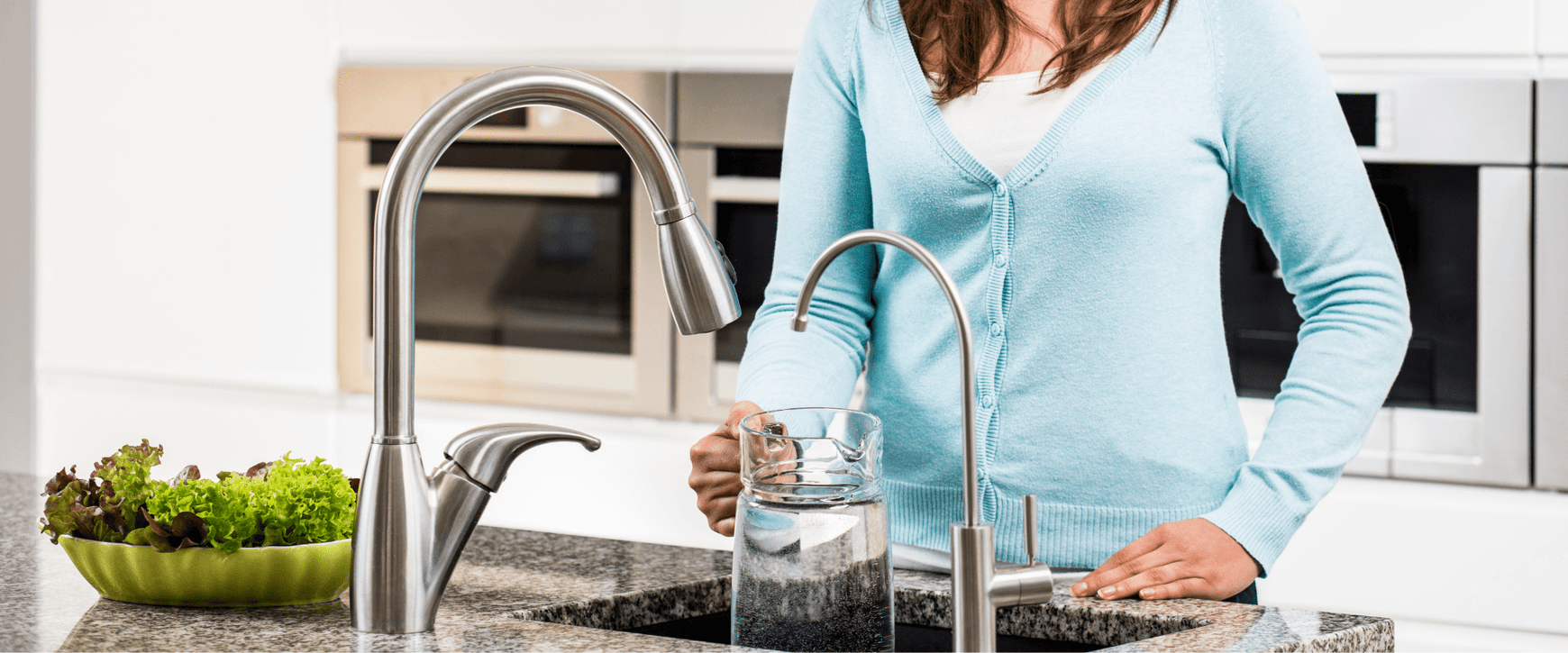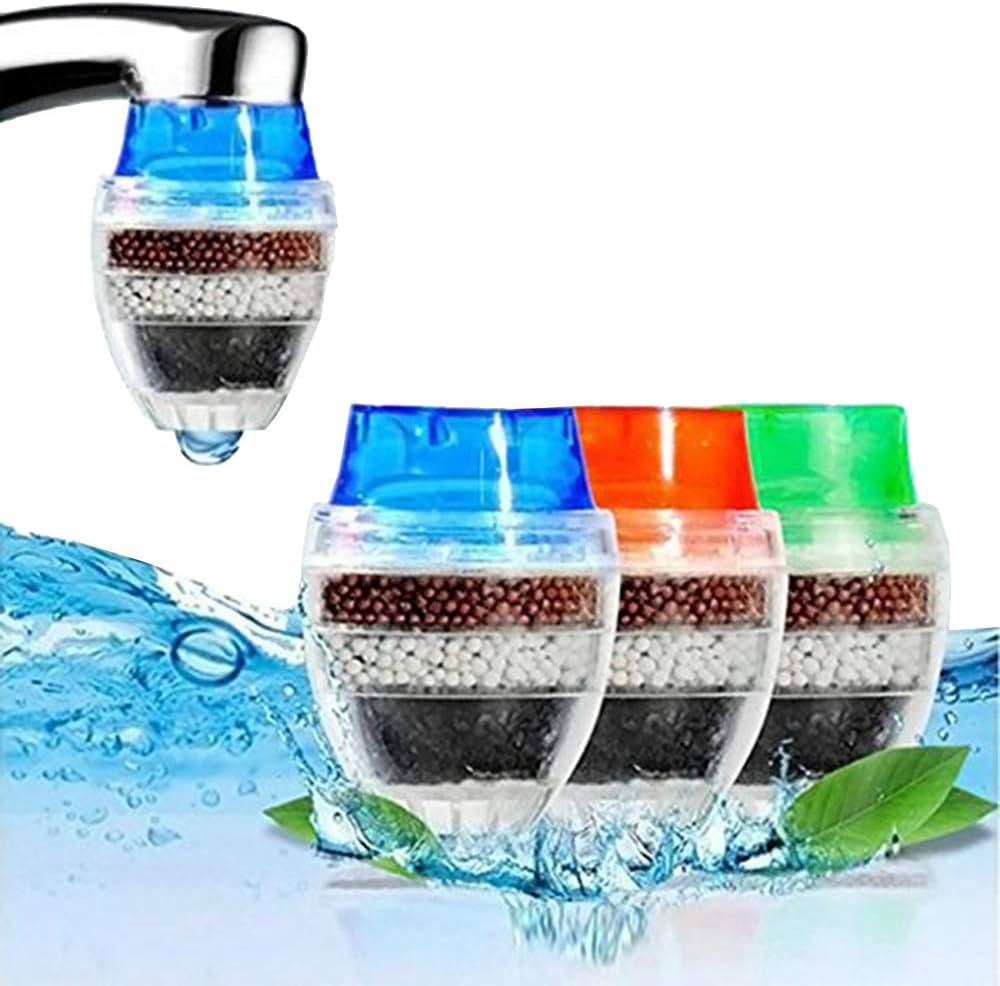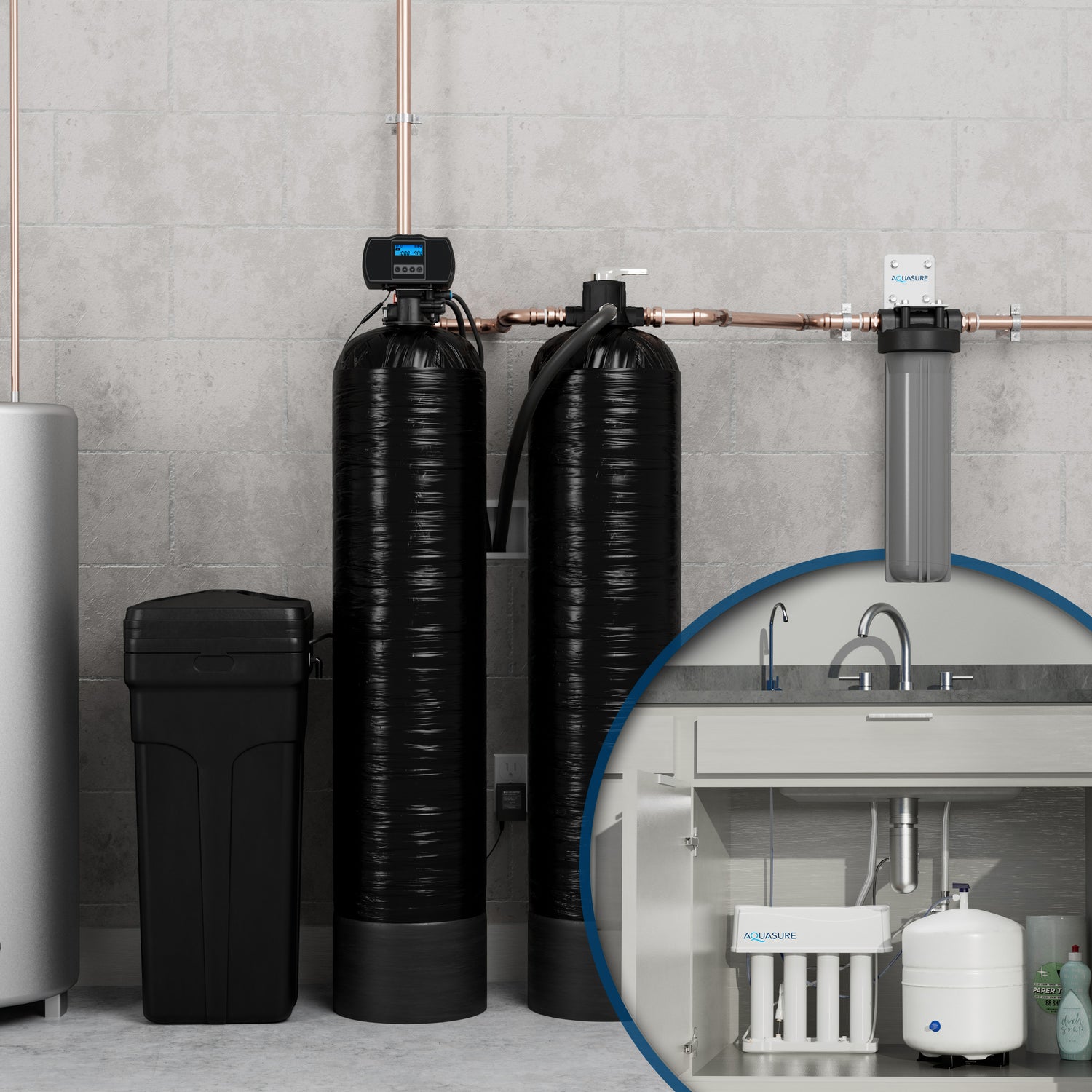Chilean Greywater Law 21.075: What Households Need to Know
Chile's 2018 greywater reuse law regulates collection, treatment, and disposal. Supreme Decree 40/2022 sets basic sanitary conditions. Permitted uses: urban irrigation, recreational areas, ornamental gardens. Prohibited: human contact, food crops, potable applications. Inside-building treatment required for indoor reuse.
Read Full Article →